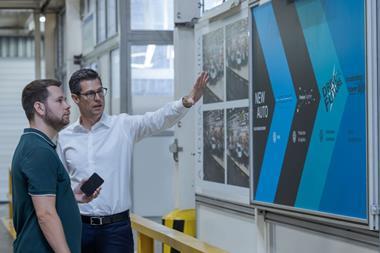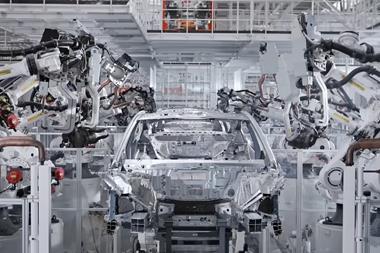 US – The company says it has cut the number of injuries to its 50,000-strong workforce in the country by 70% since 2003, through new ergonomics research, lift-assist devices, workstation redesign and data-driven process changes.
US – The company says it has cut the number of injuries to its 50,000-strong workforce in the country by 70% since 2003, through new ergonomics research, lift-assist devices, workstation redesign and data-driven process changes.
“We refer to our assembly line employees as ‘industrial athletes’, due to the physical nature of the job,” said Allison Stephens, technical leader for assembly ergonomics at Ford. “We have made data-driven decisions through ergonomics testing that has led to safer vehicle production processes and resulted in greater protection for our employees.”
Ford virtual manufacturing experts focus on two key areas: design feasibility and the safety of employees on the production line. Two to three years in advance of a launch, the company's ergonomists virtually simulate the build process using both human and virtual test subjects to assess the physical labour needed to build a vehicle.
On average, Ford ergonomists complete more than 900 virtual assembly task assessments per launch, using three core technologies: full-body motion capture, 3D printing and immersive virtual reality.
The motion capture technique uses 52 markers distributed across the body to record more than 5,000 data points, highlighting muscles strengths and weaknesses, joint strain and imbalances. The 3D printing validates hand clearance in the assembly process wherever virtual simulation is unable to provide clear results. The immersive virtual reality uses a 23-camera motion-capture system and head-mounted display to give an employee the impression of being situated in the future workstation; his or her movements are then evaluated to determine task feasbility and proficiency.









































